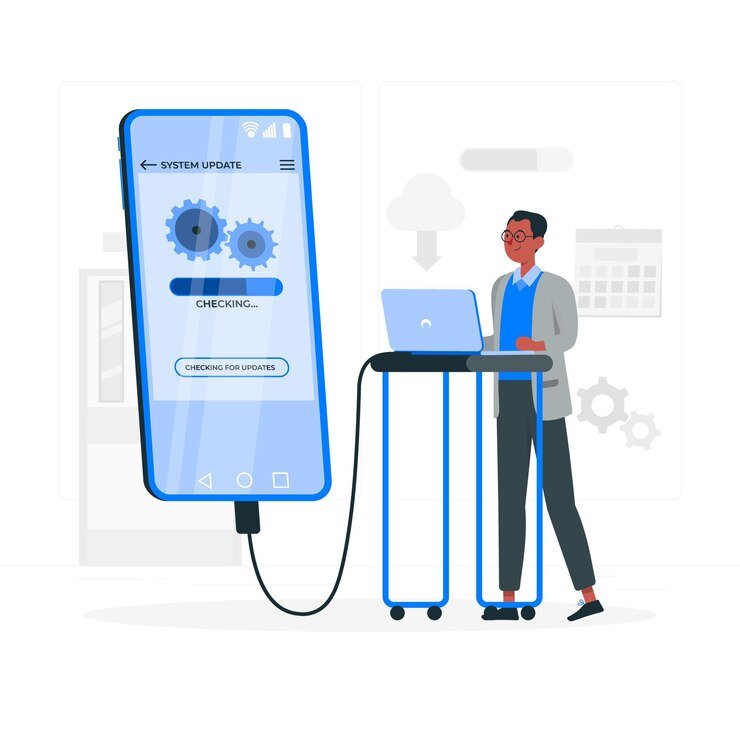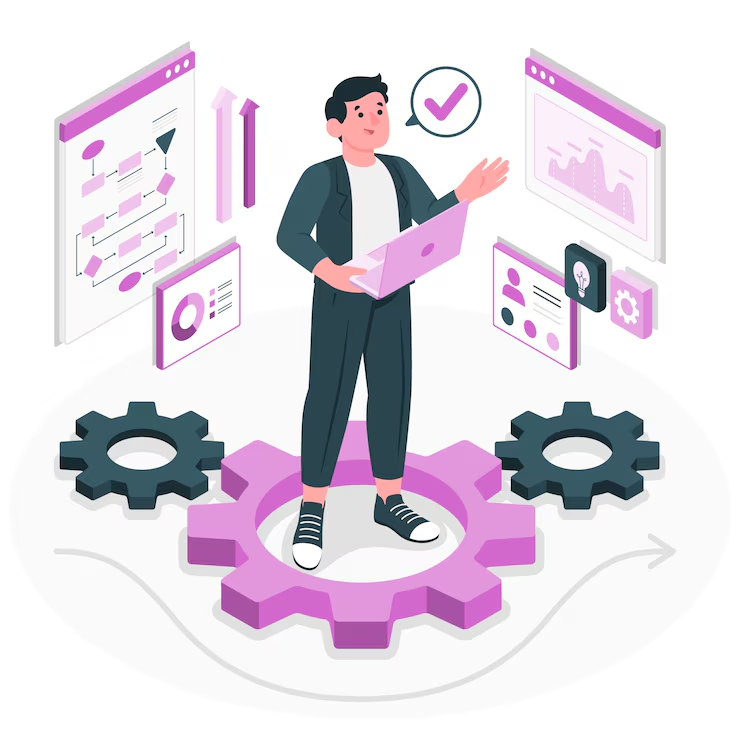Hence, by constant upgrade of the software, one can protect his or her devices against cyber threats. Hackers tend to take advantage of gaps in framework security known as vulnerabilities which exist in outdated software. These can be addressed by patches for systems which are normally issued in regular updates, and thus renders it more difficult for attackers to get into the system.

Maintenance and upgrades are not only necessary for shielding the software against various forms of attacks, but also the best way to reduce the risk of running into bugs, viruses, and defects. They have refined and optimized their software to improve the application and prevent the occurrence of problems that may affect your device.


